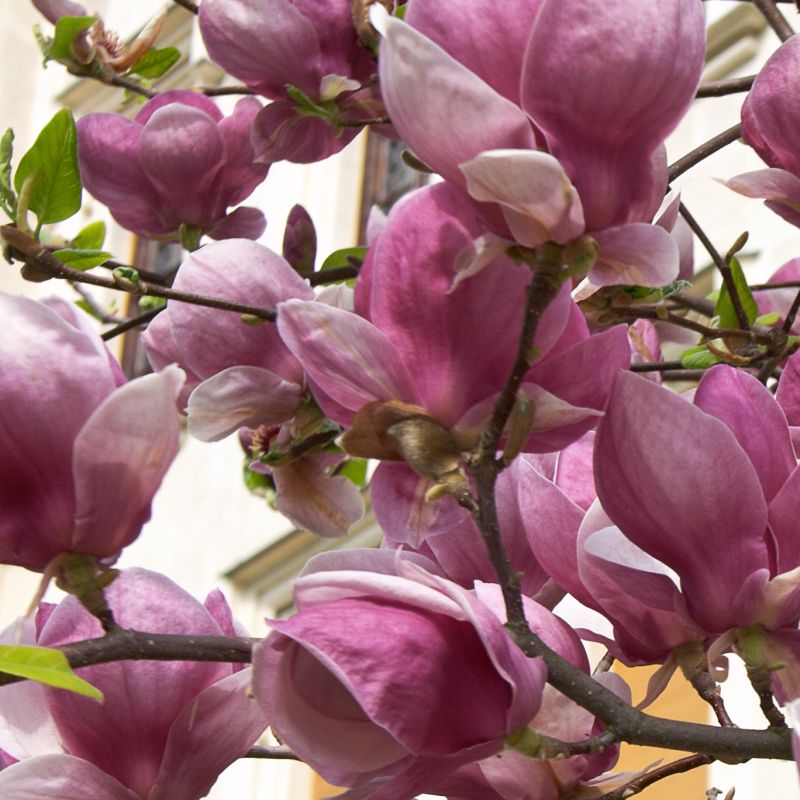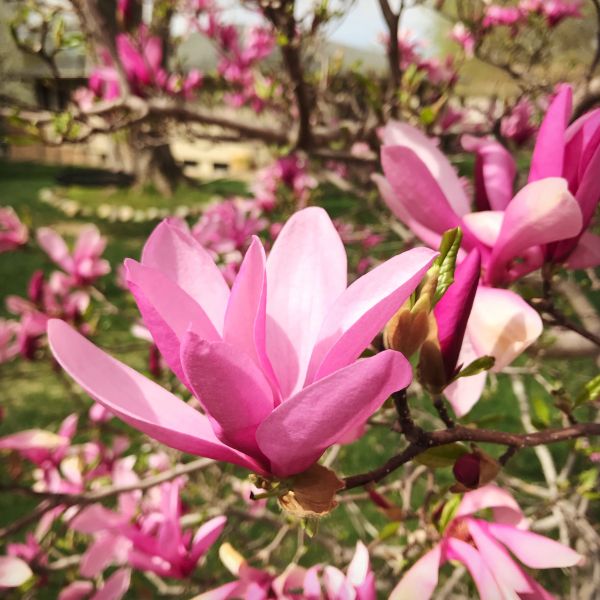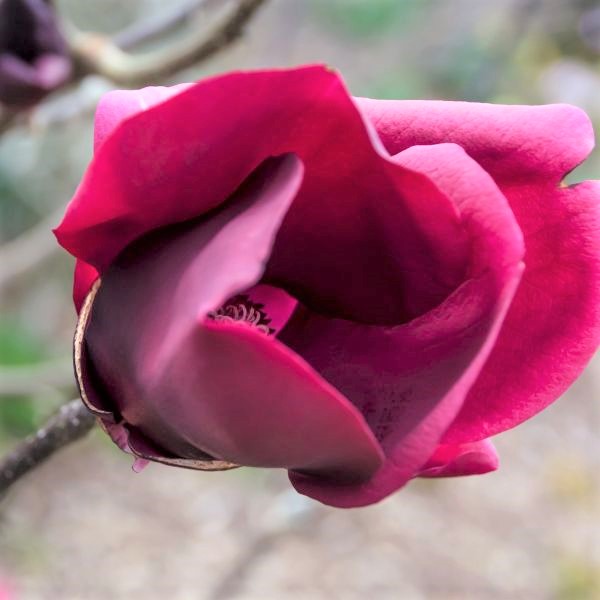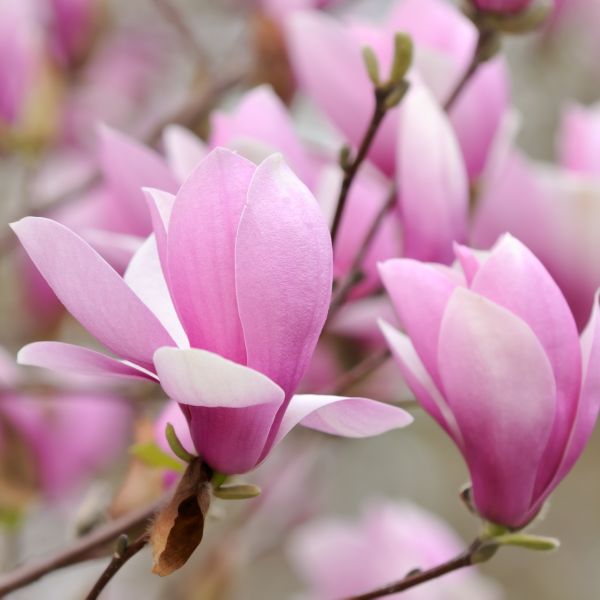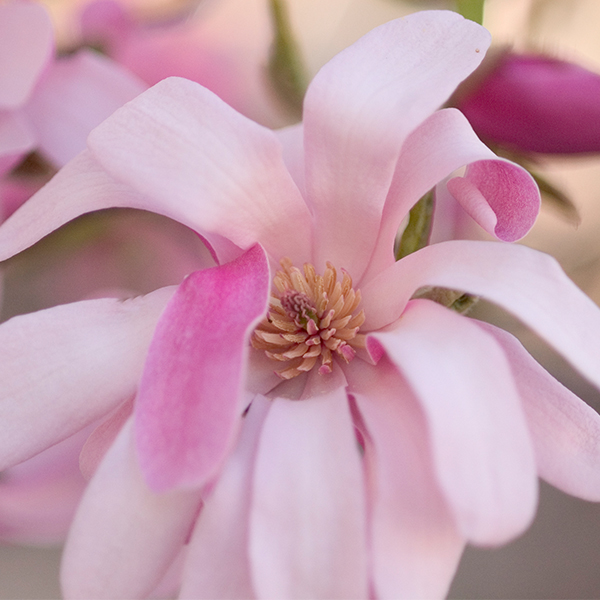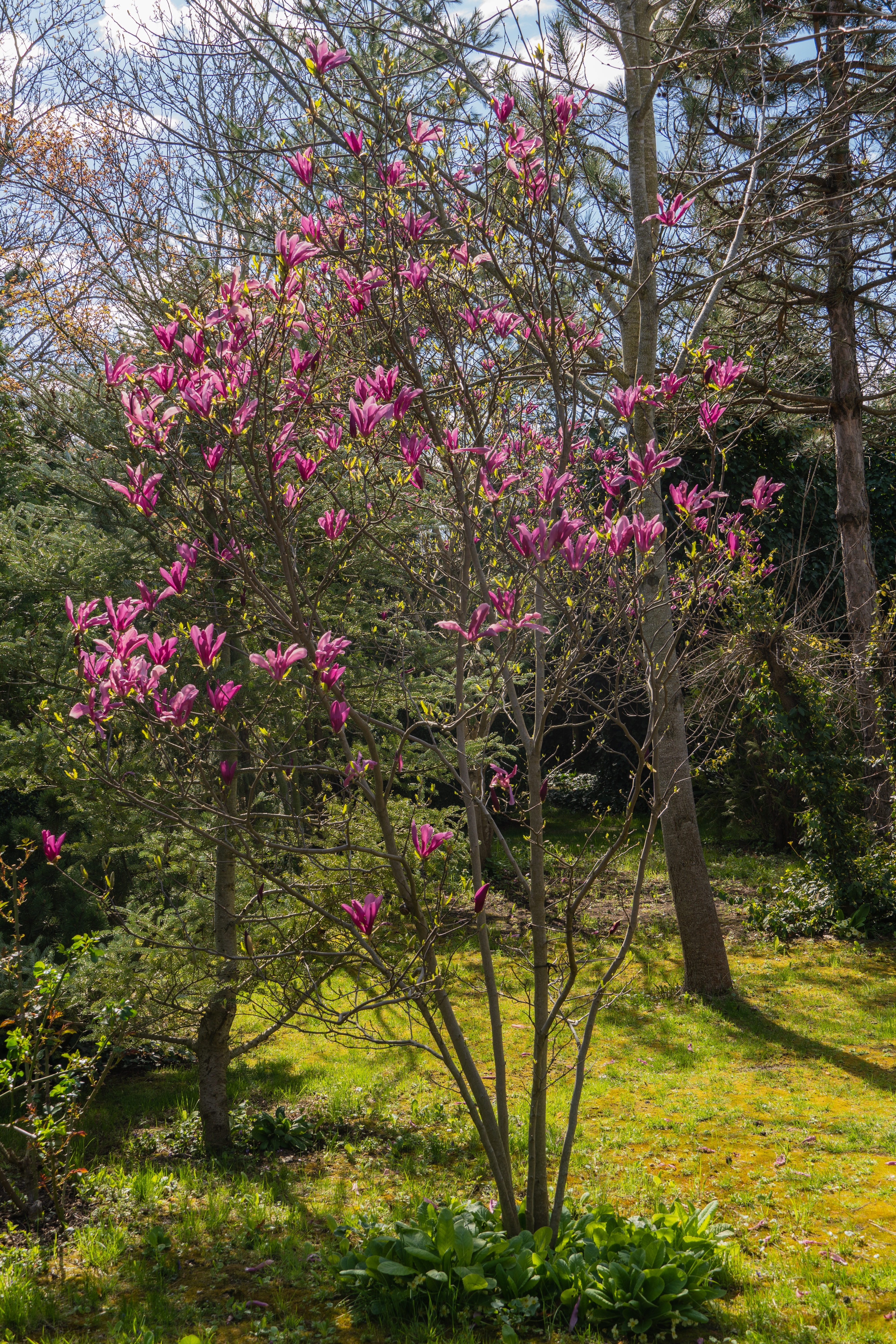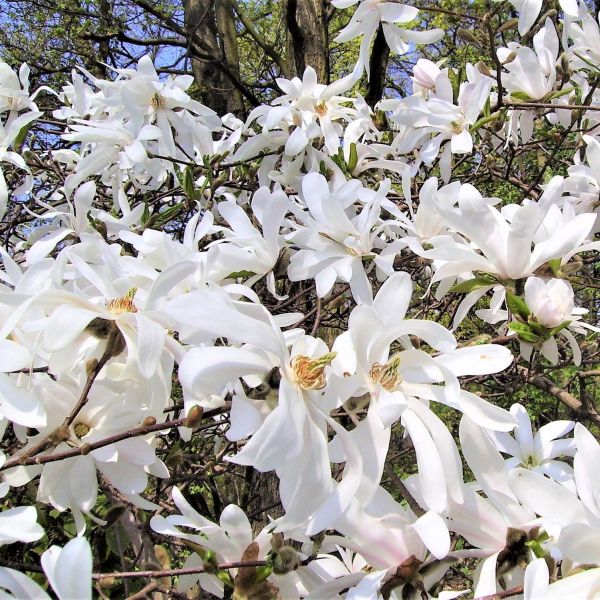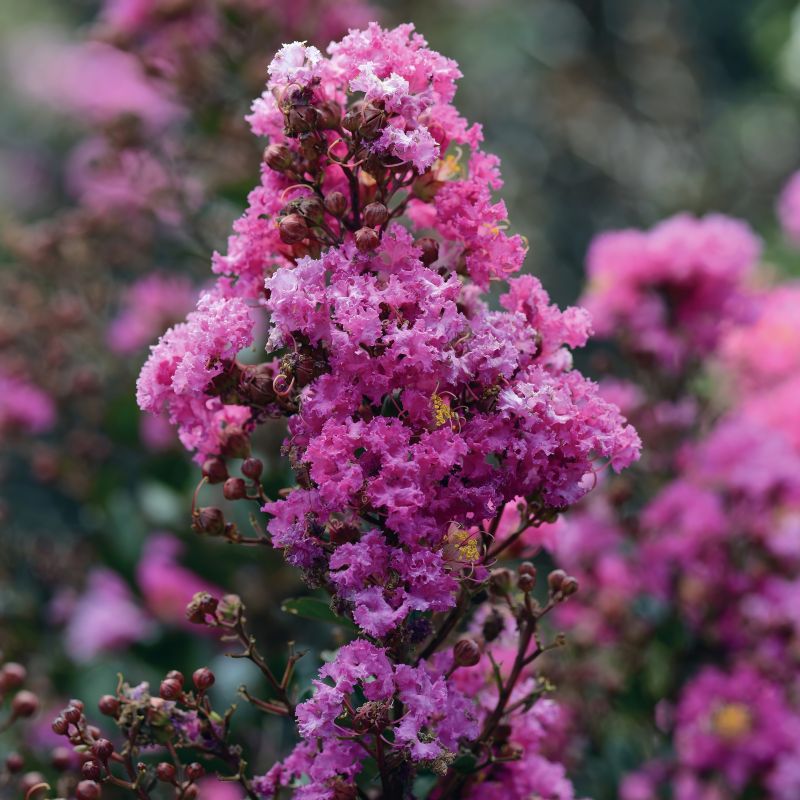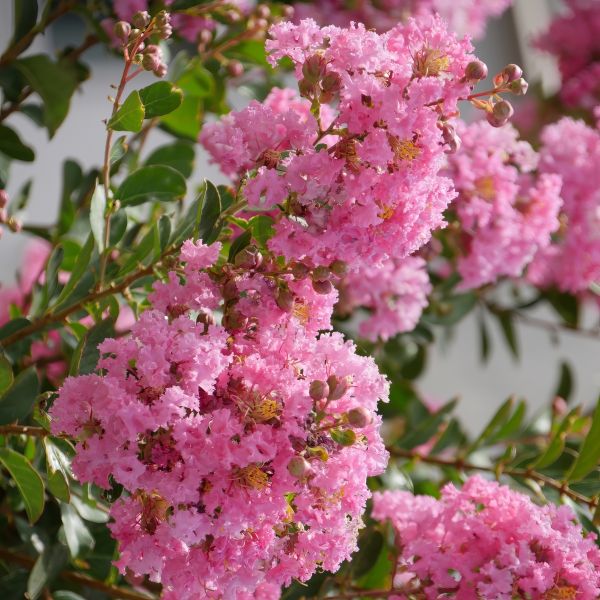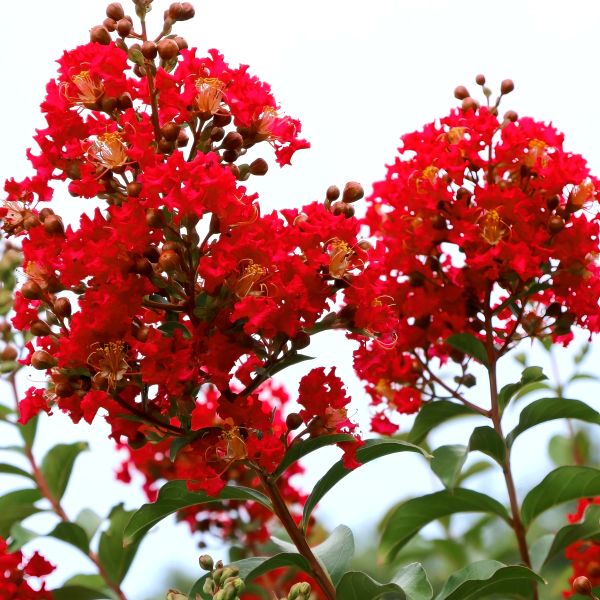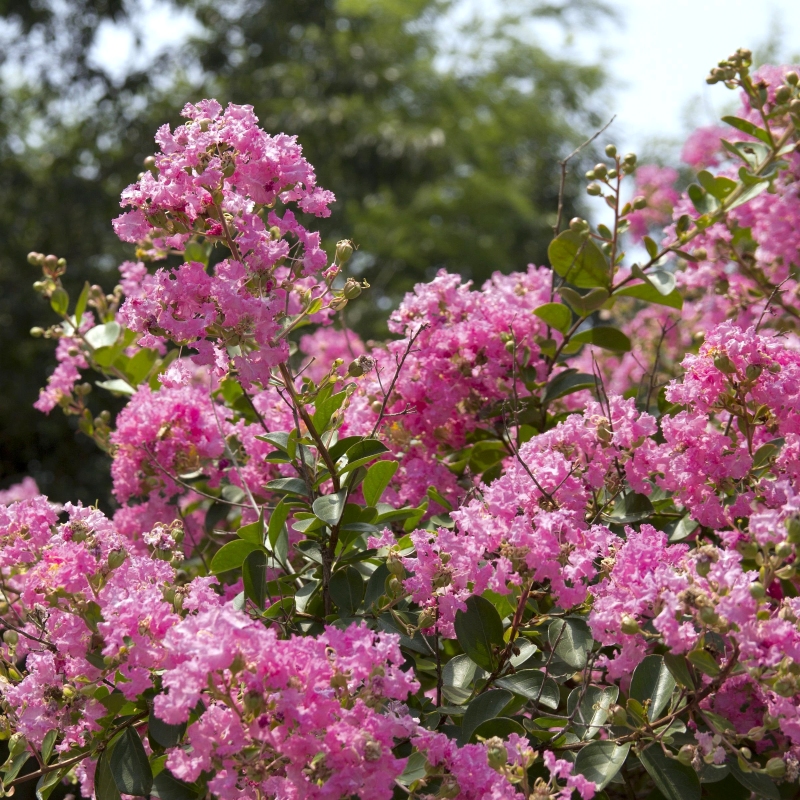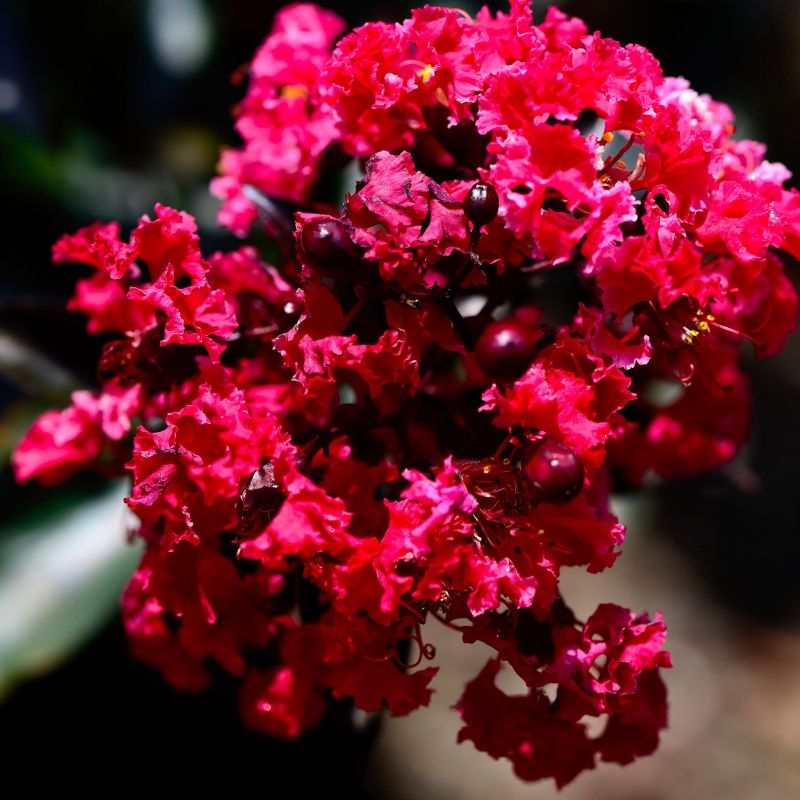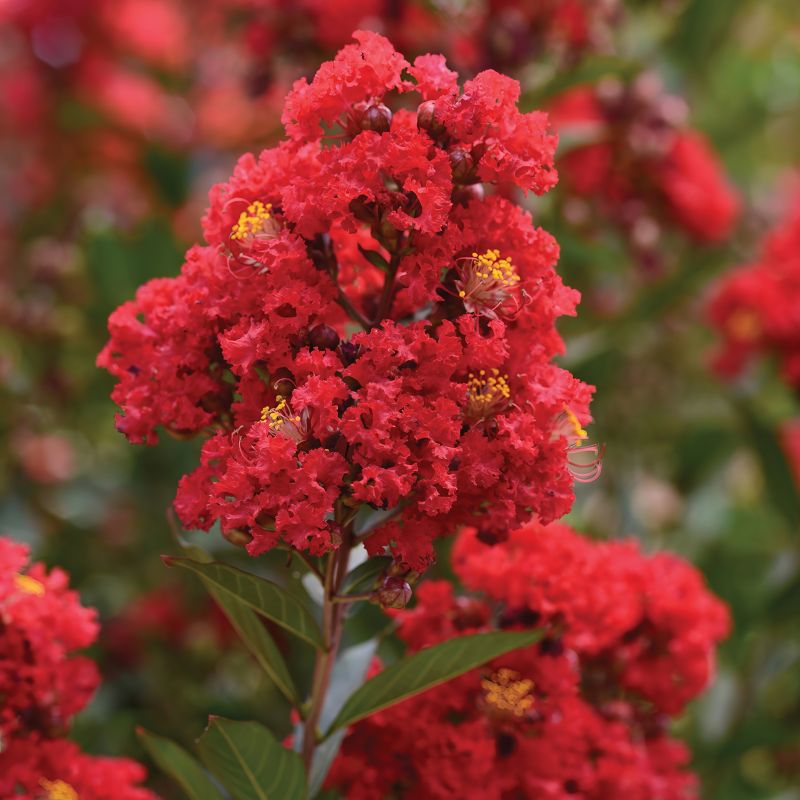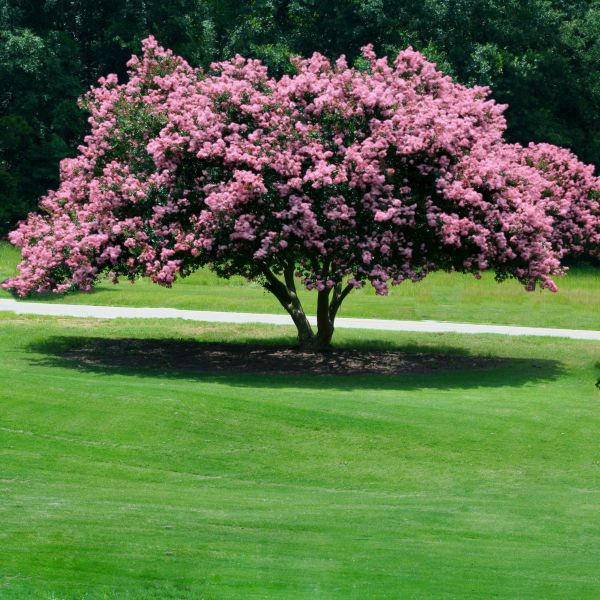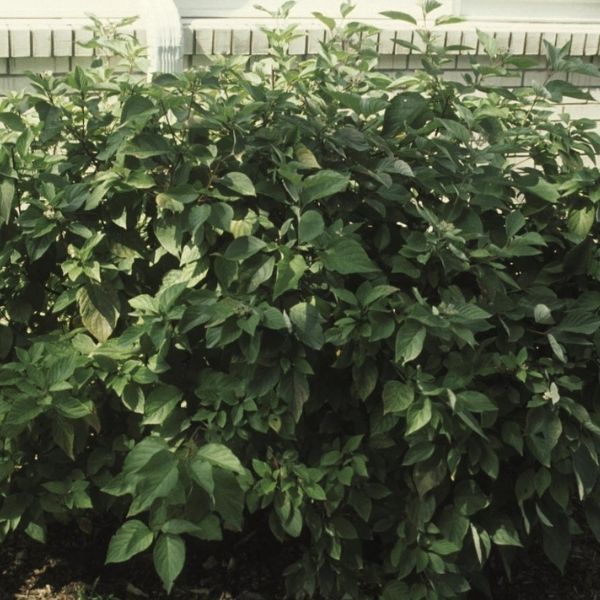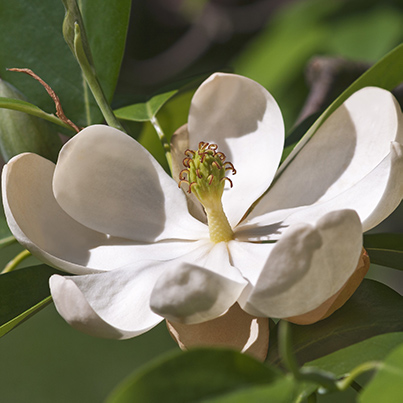





Sweet Bay Magnolia Tree
Magnolia virginiana
17 reviews
Sweet Bay Magnolia Tree
Magnolia virginiana
17 reviews
- 1 Gallon Tree Form
- 2.5 Gallon 3-4 Feet Multi Stem
We are sorry, product is currently out of stock due to seasonal availability. Please check the "Related plants available in your area" section below
Not just beautiful - intentionally selected by ShrubHub's 3D landscape design team to fit real-world spaces and maximize yard potential.
Why Sweet Bay Magnolia Tree?
The Sweet Bay Magnolia Tree, also known as Magnolia virginiana, is a popular ornamental tree that grows up to 50 feet tall. It is native to the southeastern United States and produces large, fragrant flowers in the summer. Its leaves are dark green and glossy, providing a beautiful contrast to the white or cream-colored flowers. The tree is also used in traditional medicine, where its bark and leaves are believed to have beneficial properties.
Related plants available in your area
Sunlight
The Sweet Bay Magnolia Tree requires full sun to partial shade.
Watering
Sweet Bay Magnolia trees have average watering requirements. They prefer consistently moist soil but are tolerant of short periods of drought once established. Water deeply to saturate the root zone, and provide regular watering during dry spells to keep t
Fertilizing
Sweet Bay Magnolia trees benefit from a slow-release, balanced fertilizer with an NPK ratio of 10-10-10 or 14-14-14. Apply the fertilizer in early spring and again in late summer to promote healthy growth and blooming.
Introducing the Sweet Bay Magnolia Tree: Your Ultimate Solution for a Beautiful and Fragrant Landscape
Are you looking for a tree that not only enhances the beauty of your landscape but also fills the air with a sweet and refreshing scent? Look no further than the Sweet Bay Magnolia Tree!
This stunning tree is a favorite among gardeners and nature lovers for its beautiful crown of foliage and fragrant flowers. Its glossy green leaves and creamy white flowers add color and texture to any garden or yard, while its sweet and refreshing scent fills the air with a sense of calm and relaxation.
The Sweet Bay Magnolia Tree can grow up to 50 feet tall and has a rounded shape that provides ample shade for outdoor activities. Its ability to tolerate both wet and dry soil makes it a versatile choice for any gardener, while its ability to withstand harsh weather conditions makes it a great choice for those who live in areas with extreme temperatures or frequent storms.
But the benefits of the Sweet Bay Magnolia Tree don't end there. This tree is also a natural air purifier, helping to reduce air pollution and improve the quality of the air around you. Its large size and deep root system make it a valuable asset to any ecosystem, providing a habitat for wildlife and improving soil quality.
Investing in the Sweet Bay Magnolia Tree is a smart choice that will provide years of beauty and benefits. Don't miss out on the opportunity to add this unique and versatile tree to your landscape today!
Satisfied customers rave about the beauty and benefits of the Sweet Bay Magnolia Tree. With its stunning foliage and fragrant flowers, it's no wonder why this tree is a favorite among gardeners and nature lovers.
Plant Information:
| Botanical Name: | Magnolia virginiana |
| USDA Zones: | 5 - 9 |
| Water: | Moderate |
| Exposure: | Full Sun |
| Soil Needs: | Widely Adaptable |
| Mature Height: | 15 - 25 feet |
| Mature Spread: | 10 - 30 feet |






Pollination Info
Pollination Info for Sweet Bay Magnolia Tree
The Sweet Bay Magnolia tree (Magnolia virginiana) is a beautiful and fragrant tree that is often used in landscaping. It is native to the southeastern United States and grows well in USDA Zones 5-9.
The Sweet Bay Magnolia blooms in the late spring or early summer, producing large, creamy-white flowers that are about 3 to 4 inches in diameter. These flowers have a delightful sweet fragrance that is reminiscent of lemons and limes, which makes them a favorite of bees and other pollinators.
When it comes to pollination, the Sweet Bay Magnolia is self-fertile, which means that it can produce fruit or seeds without the need for another tree. However, it is best to have another tree nearby for cross-pollination, which can result in more abundant fruit and seeds.
The Sweet Bay Magnolia is pollinated by beetles, bees, and other insects. The flowers produce nectar and pollen, which attracts the insects. The beetles, in particular, are attracted to the flowers because they produce an oil instead of nectar. This oil is stored in special glands in the petals of the flower, which the beetles consume as food.
Once the insects have visited the flowers, they will deposit pollen on the stigma of the flower. This will lead to fertilization, and the development of fruit and seeds. The fruit of the Sweet Bay Magnolia is a cone-like structure that is about 2 to 3 inches long. It contains small, red seeds that are very attractive to birds.
In summary, Sweet Bay Magnolia trees are self-fertile but benefit from cross-pollination. They are pollinated by beetles, bees, and other insects, which are attracted to the fragrant flowers that produce nectar and pollen. The fruit of the Sweet Bay Magnolia is a cone-like structure that contains small, red seeds that are loved by birds.
FAQ
Sweet Bay Magnolia Tree (Magnolia virginiana) FAQ
Below are some frequently asked questions about the Sweet Bay Magnolia Tree:
What is a Sweet Bay Magnolia Tree?
The Sweet Bay Magnolia Tree (Magnolia virginiana) is a type of magnolia tree that is native to the southeastern United States. It is known for its creamy white, lemon-scented flowers and glossy green leaves.
How tall does a Sweet Bay Magnolia Tree grow?
The Sweet Bay Magnolia Tree typically grows to be between 10 and 60 feet tall, depending on environmental conditions and growing conditions.
What are the soil requirements for a Sweet Bay Magnolia Tree?
Sweet Bay Magnolia Trees prefer well-draining, acidic soils that are rich in organic matter. They also prefer soil that is moist but not waterlogged.
What type of sunlight does a Sweet Bay Magnolia Tree need?
Sweet Bay Magnolia Trees can tolerate a variety of lighting conditions, but they tend to do best in partial shade to full sun.
What is the blooming season for Sweet Bay Magnolia Trees?
The Sweet Bay Magnolia Tree typically begins to bloom in late spring and continues to flower through the summer months.
Can Sweet Bay Magnolia Trees be grown in containers?
Yes, Sweet Bay Magnolia Trees can be grown in containers, but they require careful attention to watering and fertilization.
How do you prune a Sweet Bay Magnolia Tree?
Pruning a Sweet Bay Magnolia Tree is typically done to shape the tree or to remove dead or damaged branches. This should be done in the winter or early spring, before new growth begins.
Are Sweet Bay Magnolia Trees drought-tolerant?
No, Sweet Bay Magnolia Trees are not particularly drought-tolerant and require regular watering in dry spells.
Do Sweet Bay Magnolia Trees attract wildlife?
Yes, Sweet Bay Magnolia Trees are known to attract a variety of wildlife, including bees, butterflies, and birds.
Can Sweet Bay Magnolia Trees be propagated from cuttings?
Yes, it is possible to propagate Sweet Bay Magnolia Trees from cuttings, but it can be a challenging process and requires careful attention to environmental conditions.
Do Sweet Bay Magnolia Trees have any medicinal properties?
Yes, Sweet Bay Magnolia Trees have been used in traditional medicine to treat a variety of ailments, including headaches, fever, and stomach problems. However, we recommend consulting with a medical professional before using any natural remedies.
Planting & Care
Planting & Care for Sweet Bay Magnolia Tree (Magnolia virginiana)
Planting:
1. Choose a location with well-drained soil and full to partial sun.
2. Dig a hole that is twice as wide and just as deep as the container the tree came in.
3. Gently remove the tree from its container and loosen any roots that are circling around the root ball.
4. Place the tree in the hole and backfill with soil, making sure the top of the root ball is level with the surrounding soil.
5. Water thoroughly and add a layer of mulch around the base of the tree.
Care:
1. Water the tree regularly, especially during hot and dry weather.
2. Fertilize the tree once a year in early spring with a slow-release fertilizer.
3. Prune the tree in late winter or early spring to remove any dead or damaged branches.
4. Monitor for pest and disease problems, and treat as needed.
5. Sweet Bay Magnolia trees can tolerate wet soil, but do not do well in drought conditions.
Check Out These Verified Customer Reviews:
Customer Reviews
4.8 out of 5 based on 17 reviews
Thank you! Your review has been submitted.
Excellent customer service.
Fast shipping, well packaged.
I couldn't be happier with my Sweet Bay Magnolia Tree! It arrived in perfect condition and was even more beautiful than I imagined. The website was easy to navigate and the shipment was fast. Will definitely be ordering from here again.
Item has been added to your cart.



